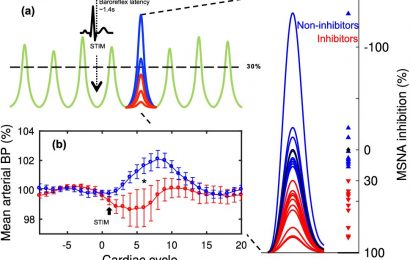The results of the CORE trial, a prospective, randomized clinical trial, showed that a cardio-oncology rehabilitation model for cancer survivors at high cardiovascular risk (or those who received cardiotoxic cancer treatments) led to greater improvements in peak oxygen consumption (peak VO2) in comparison with usual care that encompassed an exercise intervention in a community setting. Clinical rehabilitation also showed superior results in exercise compliance, cardiovascular risk factor control, quality of life, and health literacy.
For the past few decades, oncologists have focused primarily on “curing” cancer. However, because patients are living longer after being diagnosed with cancer, there is a growing need to promote heart health for cancer survivors. Potential detrimental effects of cancer therapies on cardiovascular health include heart failure and hypertension, and emerging data have demonstrated the negative consequences of anticancer therapy for cardiorespiratory fitness. Therefore, it is crucial to expand cardiac rehabilitation programs to patients who are undergoing or have recently completed anticancer therapies.
In 2019, the American Heart Association recommended that cardio-oncology rehabilitation programs for cancer survivors be based on structured physical activity and on adopting healthy lifestyle habits. However, this is still not the reality in most countries, owing to a lack of financial resources and specialized professionals able to implement these actions.
CORE Trial Methodology
The objective of the CORE trial was to assess whether a center-based cardiac rehabilitation (CBCR), in comparison with usual care that encompassed community-based exercise training (CBET), was superior for cardiorespiratory fitness improvement and cardiovascular risk factor control among cancer survivors at high cardiovascular risk. Seventy-five adult cancer survivors who had received cardiotoxic cancer treatment or who had previously had cardiovascular disease were randomly assigned in a 1:1 ratio to undergo 8 weeks of CBCR or CBET. The combined aerobic and resistance exercise sessions were performed twice per week. Nutrition and psychosocial support measures were offered to all participants in the CBCR group. For the CBET group, whether to offer such support was left up to the attending physician.
The powered primary efficacy measure was change in peak VO2 at 2 months. Secondary outcomes included hand grip maximal strength, functional performance, blood pressure (BP), body composition, body mass index (BMI), lipid profile, plasma biomarker level, physical activity (PA) level, psychological distress, quality of life, and health literacy.
Results
The 75 participants completed the trial (mean age, 53.6 years; 77.3% women). Thirty-eight were randomly assigned to the CBCR group, and 37 were assigned to the CBET group. Participants in CBCR achieved a greater mean increase in peak VO2 than those in CBET (2.1 [2.8] mL/kg/min vs 0.8 [2.5] mL/kg/min), with a between-group mean difference of 1.3 mL/kg/min (P = .03).
Compared with the CBET group, the CBCR group also attained a greater mean reduction in systolic BP (−12.3 mm Hg vs −1.9 mm Hg; P < .001), diastolic BP (−5.0 mm Hg vs −0.5 mm Hg; P = .003), and BMI (−1.2 vs 0.2; P < .001) and greater mean improvements in PA levels. Exercise adherence was significantly higher in the CBCR group than in the CBET group (mean sessions completed, 90.3% vs 68.4%; P < .001).
Limitations
According to the CORE trial authors, limitations include the fact that the trial was conducted at only one site. This is less important in light of the fact that the patients came from a hospital that broadly represents various social strata.
Most patients in the study had a history of lymphoma or breast cancer, and the findings may not be representative of patients with other cancers. The sample size was also small, which limited the strength of the conclusions.
Implications for Practice
According to the authors, “It is important to note that exercise adherence seems to have influenced the differences in peak VO2 and the lipid profile. Therefore, it is possible that the hospital environment and the team’s closer patient monitoring contributed to better adherence among the participants in the CBCR arm.”
The trial also corroborates an already well-established paradigm in medicine: that behavioral changes made with the support of a specialized multidisciplinary team are essential to the long-term follow-up of patients with complex diseases such as cardiovascular diseases and cancer.
In an editorial that accompanied the published study, Susan Dent, MD, and Nausheen Akhter, MD, noted that patients who have undergone cancer treatment are at greater risk of morbidity and mortality because of cardiovascular diseases. “Postmenopausal women treated for early-stage breast cancer have a higher probability of dying as a result of cardiovascular disease than of the cancer relapsing several years after the diagnosis.” Thus, to ensure that any victories achieved in the fight against cancer are not suppressed by the higher risk of premature cardiovascular death, the authors of the editorial advocated for more investment in cardiac rehabilitation programs for patients who are undergoing or have completed anticancer therapies. “The CORE trial also provides additional evidence that these cardio-oncology programs have clear benefits,” Akhter and Dent concluded.
This article was translated from the Medscape Portuguese edition.
Source: Read Full Article


